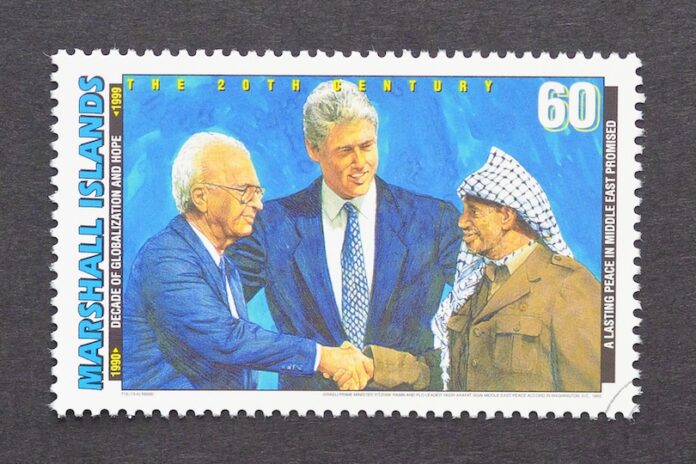The 1993 Oslo Accords, which aimed for ‘comprehensive peace … and historic reconciliation’, marked a diplomatic breakthrough for Israel and Palestine amidst a century of tension (Oslo Accords, 1993, p. 4). However, in this essay, I challenge the idea that Oslo was a peace process and argue that it entrenched Israel’s occupation of Palestine, diminishing prospects for peace and Palestinian sovereignty. To support my argument, I will assess the outcomes of the Oslo process, revealing how it facilitated economic, political, and territorial dispossession of Palestine for Israeli benefit (Sen, 2015, p. 170). Before delving into this analysis, I will provide an overview of the Oslo agreements and position them within the broader context of Israeli-Palestinian relations. The Oslo process was a pivotal point in the conflict between Israel and Palestine with lasting implications, notably the second intifada and subsequent violence. However, my focus will be on the direct impacts of Oslo on territorial, economic, and political aspects in Israel and Palestine, highlighting the unequal outcomes in line with my thesis.
Overview of the Oslo Process
The Oslo process comprised a series of agreements signed between 1993 and 1999 with the goal of fostering trust between Israel and Palestine. As both sides were not ready for a full peace process, Oslo established a five-year interim period before final status talks on core issues like Jerusalem and refugees’ right of return (Hassan, 2011, p. 68). The 1993 Oslo Accords formalized the commitment to negotiations initiated in letters of mutual recognition exchanged between Israeli Prime Minister Yitzhak Rabin and Palestine Liberation Organization (PLO) chairman Yasser Arafat. These letters marked a milestone in the conflict by acknowledging Israel’s right to exist and committing to a two-state solution for the first time.




